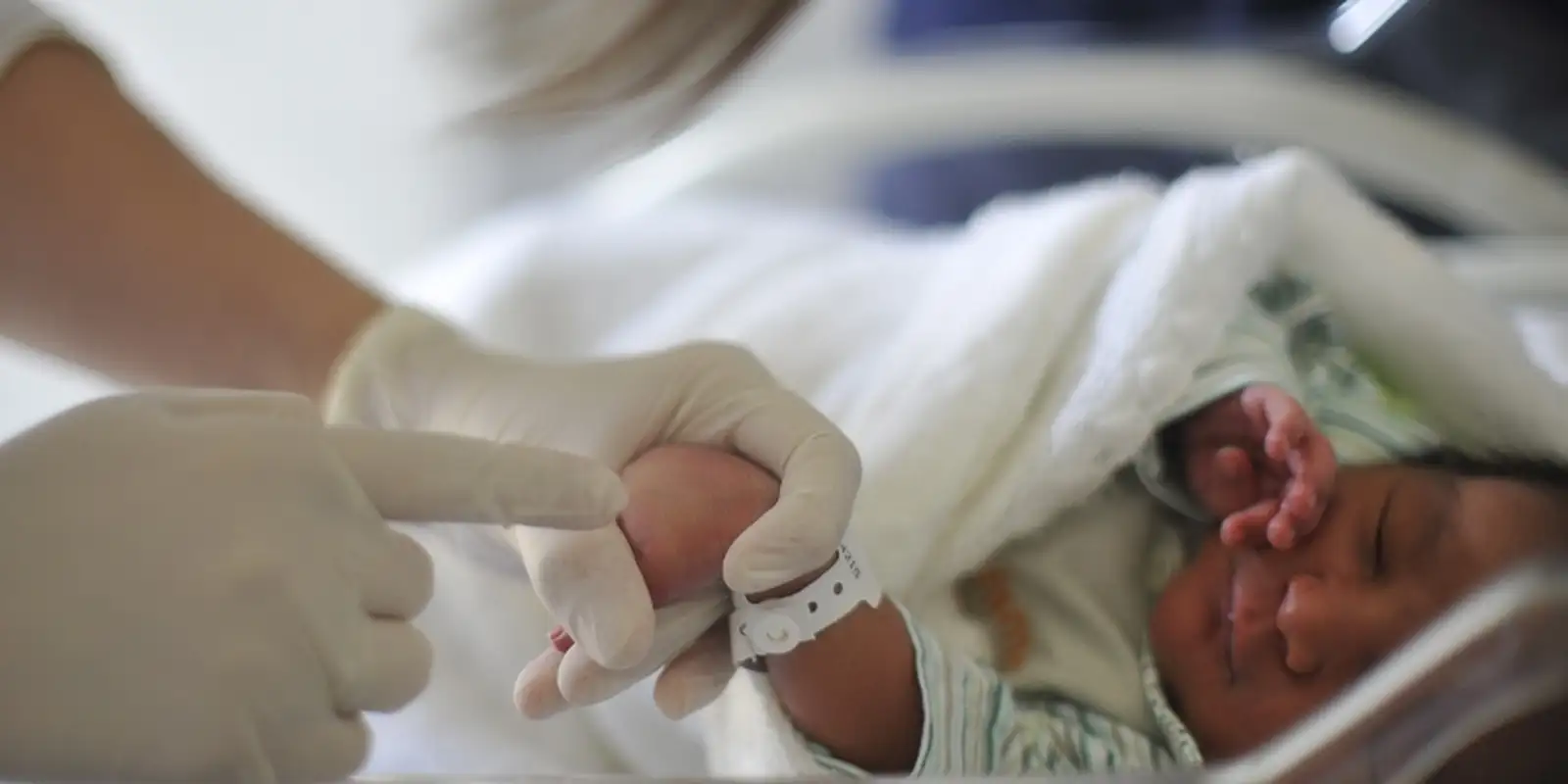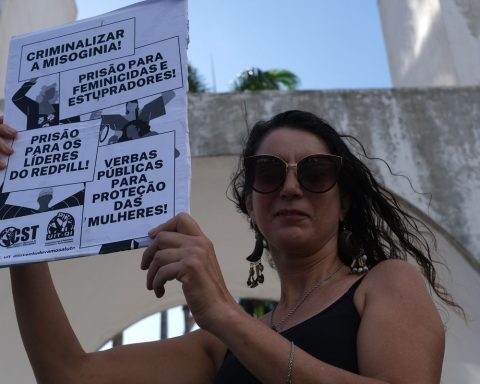In Brazil, the premature birth rate is around 12% and is above the global average. But, within Brazilian territory, there are even more alarming situations: in the North Region, approximately 35 thousand babies were born prematurely in 2023, a rate of 12.61% of births, the highest among the country’s regions. There are the three states with the worst rates: Roraima, with more than 18% of premature births, Acre and Amapá, with rates close to 14%. Furthermore, Pará ranked eighth in the country and was also above the national index, with 12.45% of premature births.
Professor at the Faculty of Medicine of the Federal University of Pará (UFPA) Aurimery Chermont says that this is an old and multifactorial problem, related to geographic and social issues in the region and also to the insufficiency of the basic health care network. According to the expert, many people of childbearing age do not receive sexual education to prevent unwanted pregnancies, nor information about the importance of prenatal care. Furthermore, sanitary and food conditions, especially in poorer communities or those far from cities, are worrying.
“Our biggest problem is education for prevention. Especially among younger pregnant women. They don’t take prenatal care for a simple reason: ignorance. The second reason is that they often arrive at the health unit and there is no the exams. The third reason is that, in some regions, there is no way to get there. If I live in a stilt house and I have to take a boat to go to the health center, if it’s raining a lot, I can’t get there. sometimes, the pregnant woman arrives, identifies There’s a problem, but there’s no medication at the center for her to take, so it doesn’t continue. So she doesn’t get prenatal care, she doesn’t get the vaccine, she doesn’t get prevention.”, adds the UFPA professor.
National statistics corroborate the teacher’s information. The North Region recorded, in 2023, more than 55 thousand births of people up to 19 years of age, which represents 19% of all births occurring in the state. In other words, one in five pregnant women was underage when they became pregnant or had just turned 18. The rate exceeds the national proportion, which was 12%. The region also has the lowest proportion of homes in the country with sewage and water supply and, last year, around 30% of the population was food insecure.
The technical advisor of the General Coordination of Children’s Health Care, Aline Hennemann, reaffirms that the high rates of prematurity have socioeconomic origins, and argues that prenatal care is the greatest tool available to public health: “We need every increasingly working with quality prenatal care. There is no point in the Ministry of Health stating in its guidelines that prenatal care must have seven consultations if they were not of quality. the your ecomap [sua relações sociais e com o ambiente em que ela vive] and your genogram [relações familiares]and thinking about other causes that can cause premature birth, such as some diseases”
According to Aline Hennemann, the investments made by the Alyne Network – a new strategy for the care of pregnant women and babies, launched by the Ministry of Health in September – should bring good results: “The resources are now sent to the states so that we have a qualified of prenatal care. There has been a very considerable readjustment and exams that were not yet recommended have now entered this prenatal program that is aimed at all states and municipalities.”
The program also offers financial benefits for the implementation of outpatient clinics for babies discharged from the neonatal ICU, most of whom are premature babies. This year, the Ministry invested around 400 million reais in the Alyne Network and the forecast is that this amount will reach one billion reais in 2025.
Aline also says that the department has focused on the country’s regional inequalities, and with regard to the North Region, it is trying to overcome the challenge of improving care for pregnant women in indigenous territories and other traditional communities: “Now, for example, many Rivers are dry and as a result, we are often unable to carry out river transport and even if we are able to carry out land transport, it takes a lot longer, which also ends up impacting service. That’s why we have to qualify. nurses, doctors, indigenous health agents, community agents so that we can make a diagnosis in the territory”, he adds
One example is the Yanomami Indigenous Land, in the states of Amazonas and Roraima, which went through a serious health crisis. One of the biggest problems is child malnutrition, which, in fact, began during pregnancy, also causing many premature births.
Another strategy used by the ministry, according to the advisor, is the qualification of professionals selected by the Mais Médicos program, as many cities do not have specialized services in obstetrics and these doctors end up being the only ones available.

















